The Kerney Intervention
FMcG Leopold Kerney’s efforts to secure Frank Ryan’s release from Burgos prison were more complex – and remain more disputed – than our film suggests.
Kerney – an ideologically committed republican rather than a career civil servant – was both personally sympathetic to Ryan’s plight and politically sympathetic to his republican objectives. In Document 1 Kerney describes his visit to Burgos prison and the harsh conditions he witnessed there.
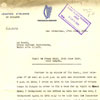
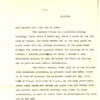
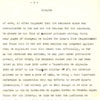
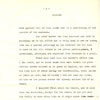
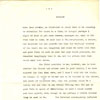
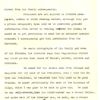
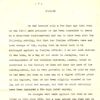
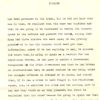
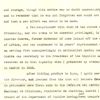
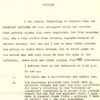
Source: Leopold Kerney to Joseph Walshe, 17 June 1939, NAI DFA Secretary's files A20/2 (courtesy of National Archives of Ireland).
It is not clear whether Kerney’s efforts to use German support to secure Ryan’s release had de Valera’s approval. Although it has been suggested that de Valera authorised Ryan’s handover to German intelligence agents, this seems unlikely given the extent of the Irish government’s concern that IRA collaboration with Nazi Germany would undermine Irish neutrality. Document 2, a report of an interview with Leopold Kerney by Irish military intelligence, clearly demonstrates official concern about the role played by the Irish diplomat in securing Ryan’s release.
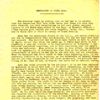
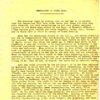
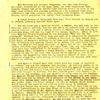

‘historically questionable methodology – the inventions of conversations, the creation of character voice, the projection of ‘contemporary assumptions and current obsessions’Inga Clendinnen |
DB The Kerney scenes set in Burgos prison have an important narrative role in the film in providing for an audience a plotting of the events around Ryan’s escape/release from imprisonment by Franco. As historians agree, the actual factors leading to his ‘escape’ are complex ones which the documentary record only partially clarifies. The exact nature of the links between Kerney’s actions, those of German Military Intelligence, the Spanish authorities and various intermediaries approached to facilitate Ryan’s release, are unclear.
Film inevitably involves compression of the complexity of the historical record in the interests of narrative drive and expressive effect. The constraints of screen time and the concrete nature of dramatic action and dialogue are the key determinants here. In this case Kerney, with his links to Eamon de Valera and sympathy for Ryan, is the character who provides a filmically intelligible way of communicating some of the historical complexity surrounding Ryan’s release from prison.
Certainly, in the context of an incomplete historical record, the writer/director has an opportunity to hypothesise about the course of events and construct a coherent if re-imagined narrative to link these scenes to the overall story drive of the film.
‘Historical novelists (and film makers) have the power to alter ‘facts’, change dates, and insert and remove characters, events and incidents at will’Sarah Pinto |